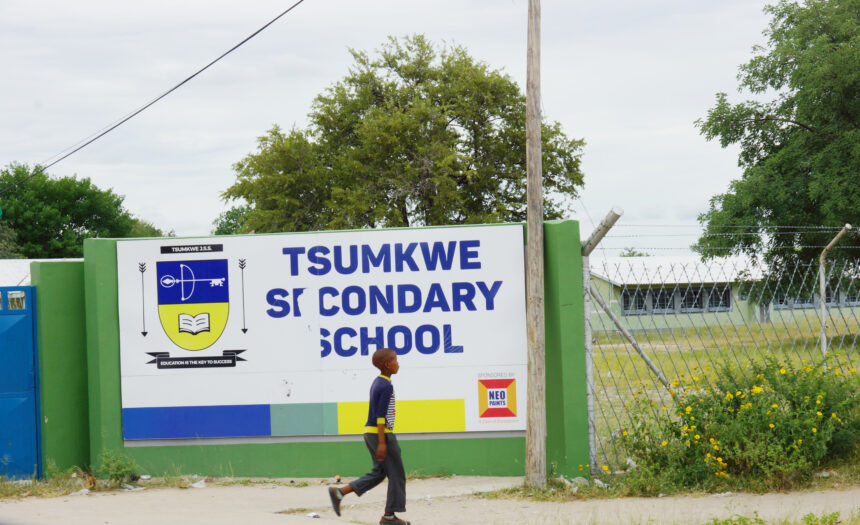TSUMKWE – A huge influx of children from surrounding marginalised communities and limited school infrastructure remain one of the biggest challenges for schools in the Tsumkwe settlement.
As a result, most schools in the area have overcrowded hostels and classrooms.
From the constituency’s six government schools with hostel facilities within the Tsumkwe constituency, both the primary and secondary schools in the Tsumkwe settlement are among those grappling with overcrowding in their classrooms and hostels.
Both schools have for the past few years been struggling to handle the growing influx of learners from across the constituency, which is largely inhabited by the Ju’/hoansi and !Kung groups of marginalised San communities and other associated tribes.
Thanks to the government’s sustained efforts and policy of free primary and secondary education, more children from these communities are gaining access to schools at both primary and secondary levels, and that has in turn caused a huge burden on the existing schools at the settlement.
Otjozondjupa education regional director Gerhard Ndafenongo shared with this publication that his office is aware of overcrowding issues at various schools in the region and not just the two at the Tsumkwe settlement.
He, however, said serious efforts are being made to address the situation through the construction of additional classrooms and hostels.
“I’m sure during your visit to the Tsumkwe area, you noticed that there is some construction work going on in the area of the secondary school hostel.
“Government is busy constructing two additional hostel blocks to accommodate more learners, and if a situation arises where learners from both the primary and secondary schools are in need of accommodation, then an executive decision will be taken to accommodate learners from both schools at the new facilities once completed,” said Ndafenongo.
Constructing additional class rooms and hostels countrywide is a financially-intensive exercise, but one which government, through the education ministry remains fully committed to.
“On the other hand, it is good to notice that children from our marginalised communities are taking up education seriously and are making their way to the classrooms; hence the overcrowding we are now witnessing.
So, that is also a positive sign but we need to make sure that more classrooms are constructed so that we don’t discourage them from seeking education, which is a democratic right of the Namibian child.”
Officially proclaimed as an electoral constituency in 1998, Tsumkwe is located about 60km west of the Botswana border and 300km east of Grootfontein and has a population of over 15 000 inhabitants.
The constituency has two declared settlements; one being Tsumkwe, the administrative centre of the constituency and Gam, which is a fast-growing settlement in business terms.
-ohembapu@nepc.com.na


